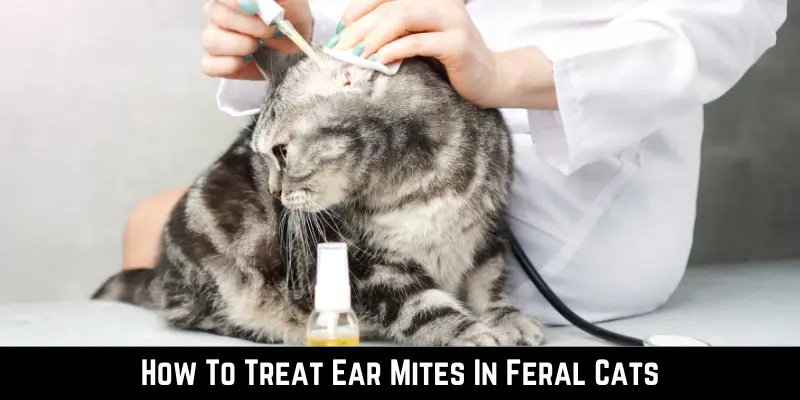Feral cats typically have more muscular immune systems than indoor cats, but when they require medical attention, like treating ear mites, it is unpleasant and stressful for caretakers. For a cat or kitten, ear mites are uncomfortable, but how to treat ear mites in feral cats?
Ear mites in feral cats are a treatable condition, not that dangerous. Both systemic and topical treatments are available for ear mites:
- Tresaderm eardrops
- Revolution Selamectin
- Bravecto Plus (Fluralaner / Moxidectin)
- Ivermectin (Otic Suspension)
- Milbemycin ( MilbeMite OTIC Solution)
- Miticide Eardrops
- Coconut oil
- Olive oil
- Baby oil
- Cleaning the ear
Even though Ear Mites are contagious and uncomfortable for cats and kittens, ear mites do not pose a severe health risk until you visit the veterinarian to treat a cat’s ears.
[10 Tips To Treat Ear Mites In Feral Cats]
1- Tresaderm Eardrops
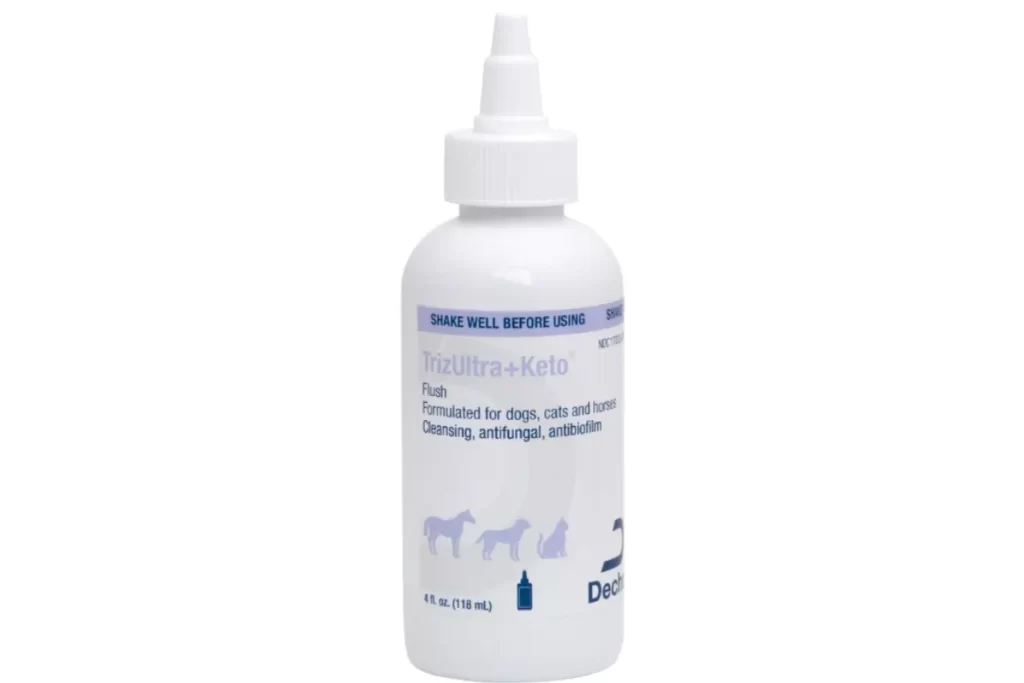
Veterinarians provide a prescription for the drug Tresaderm to treat feral and indoor cat ear mites. Tresaderm liquid topical treatment is used to treat bacterial and fungal diseases and to get rid of ear mites in wild and indoor cat ears.
Three major active components are Thiabendazole, dexamethasone, and neomycin sulfate solution in Tresaderm. The primary ingredient of Tresaderm, Thiabendazole, is used to treat fungal ear infections and kill ear mites.
A corticosteroid drug in Tresaderm that reduces inflammation is dexamethasone. To cure infections brought on by mites, neomycin sulfate, an antibiotic substance, kills ear mites in the ears of feral cats.
2- Revolution Solution (Selamectin)
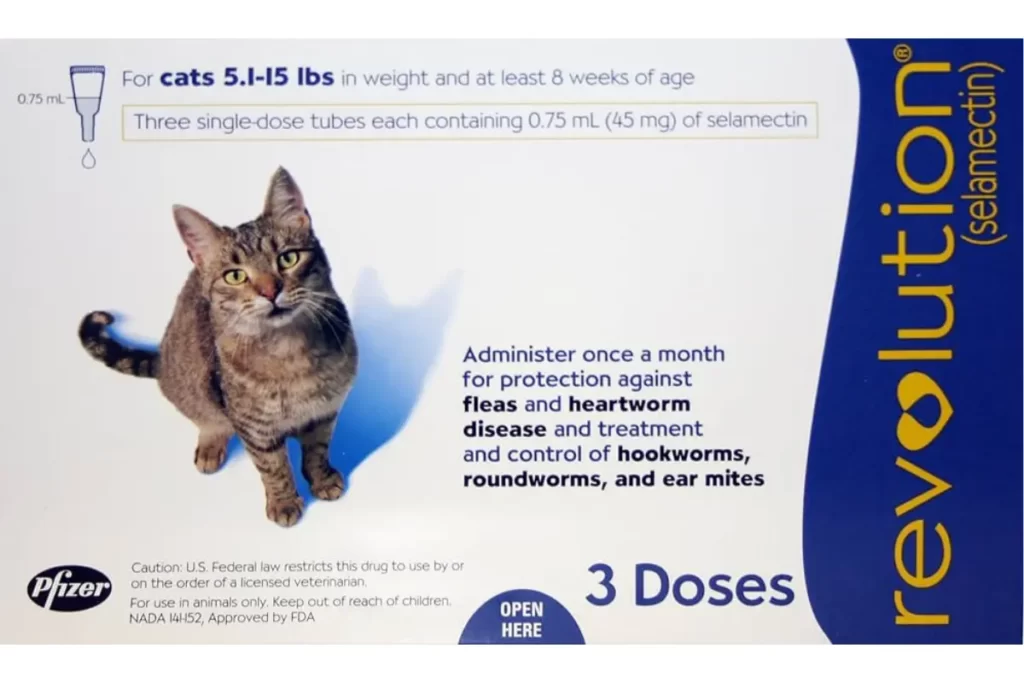
REVOLUTION solution is used to protect feral and indoor cats and kittens eight weeks and older against fleas, roundworms, hookworms, and ear mites, as well as to prevent heartworm illness.
Do not use REVOLUTION Selamectin solution on feral cats that are ill, frail, or underweight. Use only on cats who are at least eight weeks old and healthy.
An upset stomach, temporary hair loss at the application site, and probable inflammation are all potential side effects.
Revolution Selamectin is best for cats who are more challenging to manage, such as feral cats can easily administer this therapy, which only needs to be done once every 30 days.
3- Bravecto Plus (Fluralaner / Moxidectin)
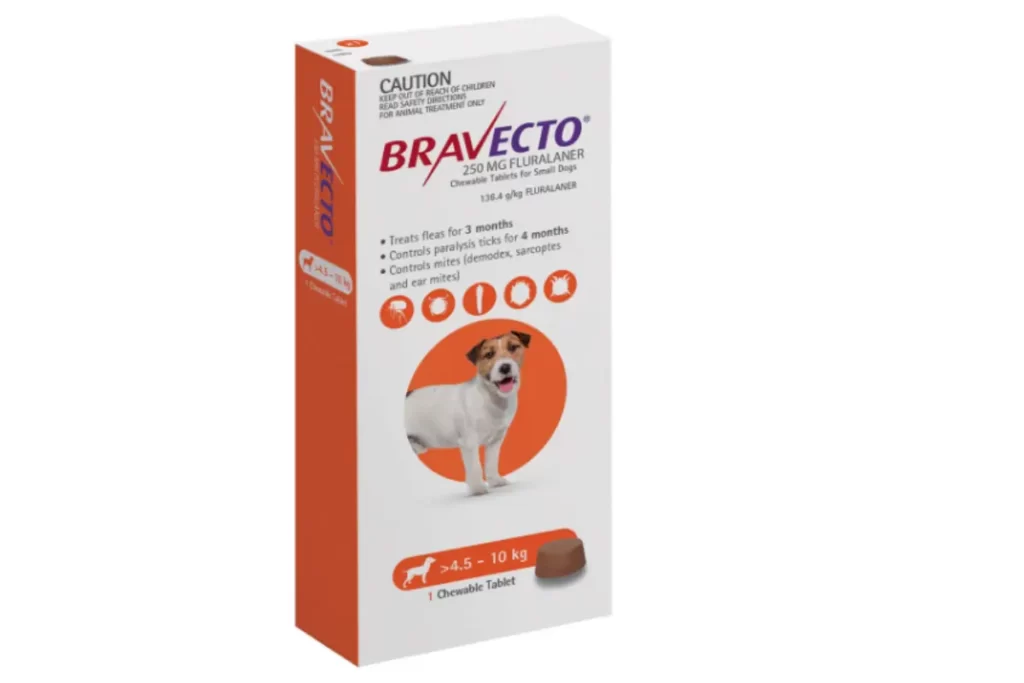
A veterinary drug called Bravecto Plus, which contains Fluralaner and Moxidectin, is used to treat mixed infestations of ticks, fleas, ear mites, and internal worms in feral and indoor cat kittens.
On the cat’s skin at the bottom of the head, one complete Bravecto Plus pipette worth of medication is dispensed. The pipette is chosen based on the weight of the feral cat. In almost 48 hours, Bravecto Plus eliminates ear mites in feral cats and kittens.
The active ingredients in Bravecto Plus are fluralaner and Moxidectin which fight parasites in various ways. Fluralaner has ectoparasiticide properties. This indicates that it eliminates ear parasites in cats and kittens.
4- Ivermectin (Otic Suspension)

Ivermectin 0.01% Ivermectin Otic Suspension treats feral and indoor cat ear mites. Ivermectin Otic Suspension is recommended for treating adult ear mites known as Otodectes cyanotic infestations in feral and indoor cats and kittens who are 4 weeks old.
It is unknown whether the substance is effective against eggs and immature stages. Otodectes cyanotic, adult ear mites commonly found in the ear canal and other parts of the body and the environment.
As they wonder around the ear canal feeding on epidermal debris and tissue fluid, ear mites cause severe inflammation.
5- Milbemycin ( MilbeMite® OTIC Solution)
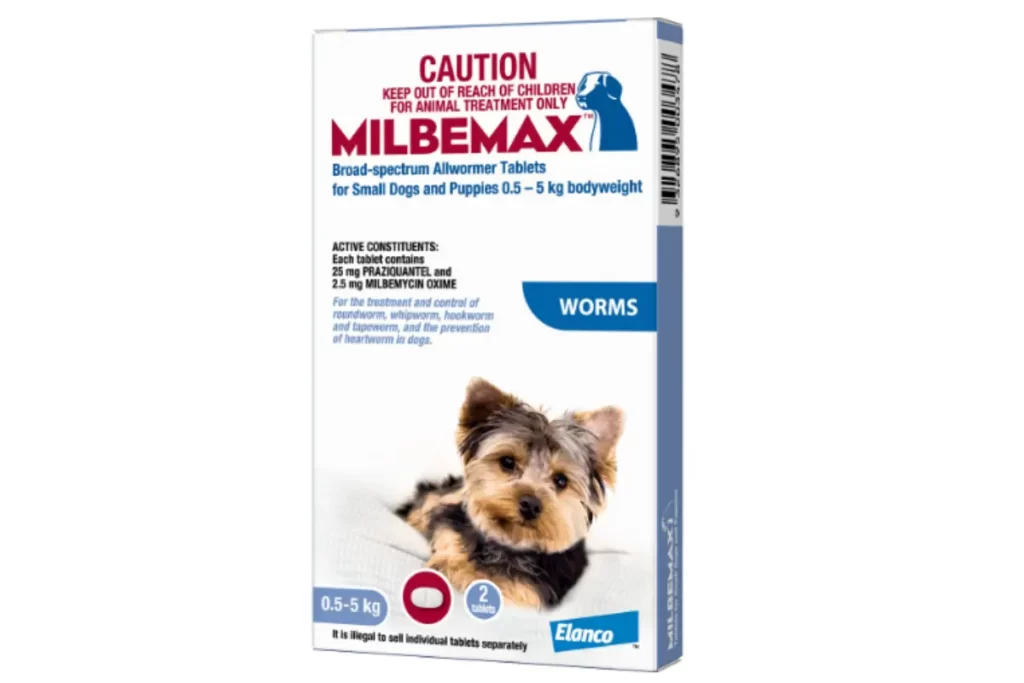
MilbeMite OTIC Solution (0.1% Milbemycin oxime) is a quick, safe, and clean treatment for ear mites in feral cats and kittens. Ear mites are resistant to Milbemycin:
- 99% of ear mites are eliminated after a single application.
- It is still active at all stages of the mite life cycle.
- Minimal dose.
For the treatment of feral cat ear mite Otodectes cyanotic infections in cats and kittens aged 4 weeks, MilbeMite OTIC Solution is advised.
Throughout the whole ear mite life cycle, effectiveness is maintained. It has not been determined whether MilbeMite OTIC Solution is safe to use in pregnant cats, lactating cats, or cats during breeding.
6- Miticide Eardrops
Miticide Eardrops, a natural pesticide called pyrethrin, is a product designed specifically for feral and indoor kittens and cats. A veterinarian can advise on the best ear miticide to use. It is essential to carefully observe the usage instructions on the labels of the products.
Put five drops in each ear twice daily until ear mites are gone. Please do not use it on a cat younger than 12 weeks old. Before applying this product to feral cats who are drugged, weakened, aged, pregnant, or nursing, consult with a veterinarian.
Pesticide products used on cats may cause sensitivities. If cat show sensitivity, bathe them with some gentle soap and water.
Note: For Humans Use Keep all medications, including all the above, away from children.
7- Coconut oil

Make sure coconut oil is in the melted form before using it to clean and eliminate cat ear mites in feral cats. Since coconut oil melt at about 75°F, during the summer month, coconut oil is already in a liquid state. The oil should be heated, not boiling. Safety for cats and kittens is a top priority.
Pour some oil into a cat’s ear canal using a little syringe. Never push something down far into the channel. Coconut oil work into the mites and dirt by gently massaging the area around the ear. The debris and mites can be removed from the ear using a cotton ball.
8- Olive Oil

Olive oil proved the most satisfactory home cure for feral and indoor cat ear mites. This is the moment to treat the nasty ear mites in feral cats’ ears. Apply a small amount of olive oil to the cat’s ears. It will not only get rid of the ear mites in the ears but also remove the irritation, redness, and ear wax.
Olive oil used for ear mites in cats will suffocate them, making them easy to remove from the cat’s ear. Olive oil cat treatment will also act as a therapeutic agent. For 4 to 5 weeks, apply the olive oil overnight.
9- Baby Oil

To keep ear mites away from a feral cat, put droplets of baby oil in the cat’s ears. Natural cleaner’s baby oil can help eliminate the wax that ear mites feed on, making cat’s ears less inviting to the parasites.
Once a month, apply 1-2 drops of baby oil to the ears of a feral cat or as prescribed by a veterinarian. To put in the drops, you’ll need to hold the cat’s head down, expose its ears, or ask someone to assist. If you add too much oil to a cat’s ears, it can cause other health problems. A few drops should suffice to keep its ears clean and sterile.
10- Cleaning The Ear
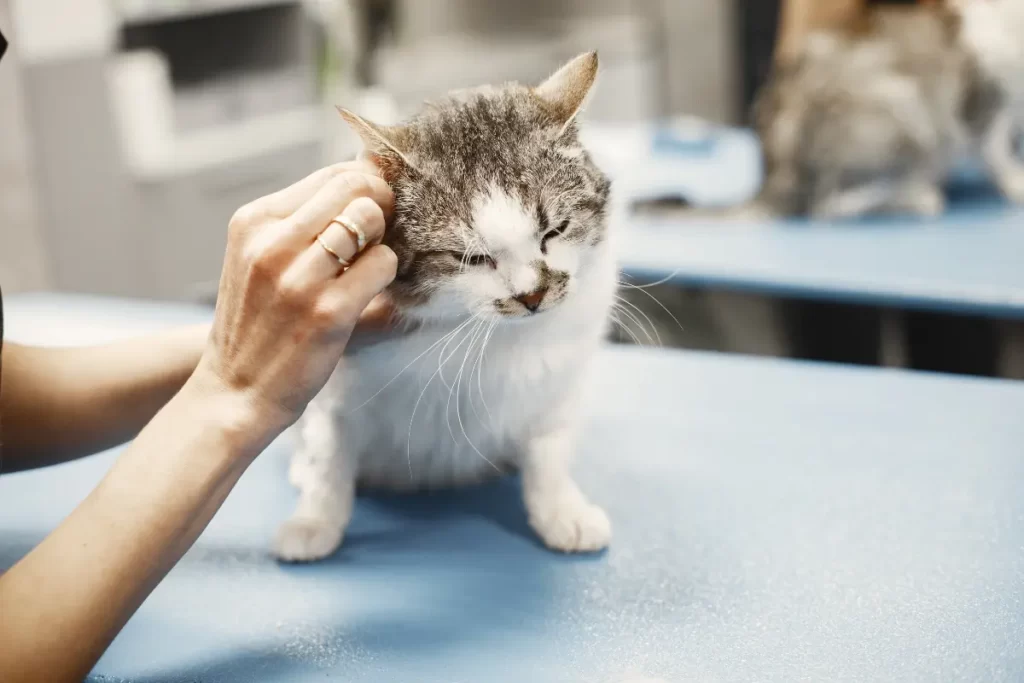
Once a week, use liquid ear cleanser and cotton balls to clean the feral cat’s ears and pet cats.
- Make ear cleanser for cats by using 1 part white vinegar and 1 part rubbing alcohol, and a cleaning solution.
- Then put a few drops of explanation in the cat’s ear, ensuring the dropper does not directly touch its ears.
- Massage the cleaner’s ear for a few seconds to help it work.
- To remove grease or grime, give the cat’s head a good shake for 1-2 minutes. Then, clean the cat’s ear with a moistened cotton ball to remove any muck that has formed.
How Do I Know If The Cat Has Ear Mites?
Ear mites feed on ear wax cats and skin oils and dwell on the skin of the ear canal of feral cats. A typical adult mite lives for around two months in a cat’s ear, but they can multiply swiftly.
Eggs hatch in four days and develop into an adult mites ready to breed in three weeks.
Signs that your cat has ear mites
- Ear mite infections cause itching in feral and indoor kittens and cats’ ears.
- Sometimes results in them shaking feral cats’ heads or scratching around cats’ ears excessively, having red and inflamed
- Cat ears due to excess wax and irritation, and creating a black, dry ear discharge that can occasionally emit a foul odor.
Conclusion
Ear mites are common in feral and indoor cats; they can cause severe irritation and are highly contagious. Fortunately, they are easily curable. Suppose the cat shows ear irritation symptoms, such as head shaking, scratching, or inflammation.
In that case, the cat should be treated as soon as possible to avoid secondary infections or torn eardrums.
Ear mites aren’t always avoidable. Ear mites can be transmitted to cats by other cats and canines, as well as in contaminated settings. On the other hand, recognizing the symptoms of ear mites in cats can help you identify possibly other infected animals, allowing you to take the necessary precautions to keep your feral cat safe.
Systemic Selamectin, Moxidectin, Ivermectin, and Milbemycin are among the systemic therapies available. Secondary infections may necessitate further treatment measures in some circumstances. Scratching can cause fungal and bacterial ear infections in cats, requiring medication to treat.
References
Taenzler, J., de Vos, C., Roepke, R.K.A. et al. Efficacy of fluralaner against Otodectes cynotis infestations in dogs and cats. Parasites Vectors 10, 30 (2017)
Ogolla KO, Chebet J, Waruiru RM, Gathumbi PK, Okumu PO, Aboge GO. Efficacy of Ivermectin, Liquid Paraffin, and Carbaryl against Mange of Farmed Rabbits in Central Kenya. J Trop Med. 2019
